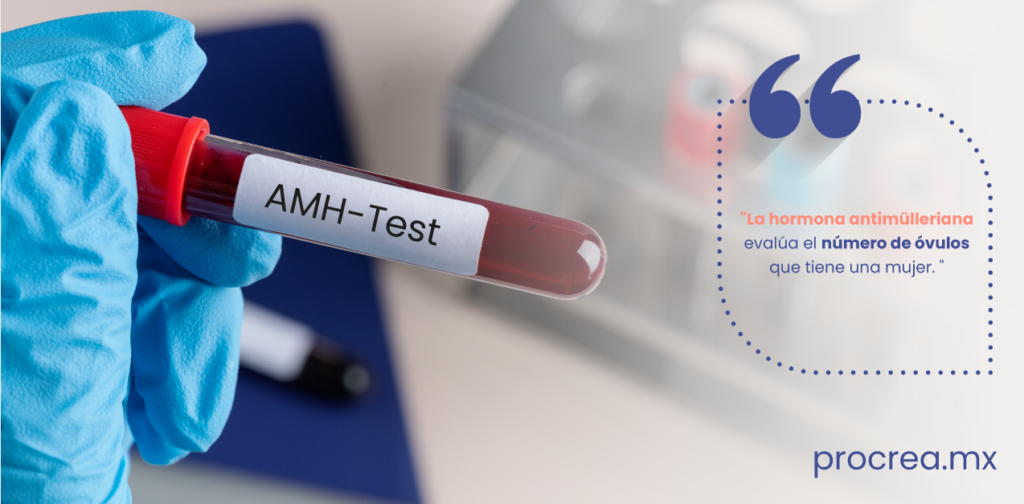The Anti-Müllerian hormone (AMH) assesses the number of eggs a woman has. The measurement of this hormone provides information to recommend the most appropriate fertility treatment to achieve a pregnancy. If you are considering starting a reproduction treatment or want to know your fertility, here we will tell you details on the subject.
What is hormona antimülleriana?
It is a substance that is generated in the human body. In women, this hormone is produced in the ovaries from puberty to menopause and plays a fundamental role in the development and maturation of follicles. It is also responsible for regulating the development of the sexual organs in the fetus during its development.. In men, HAM helps to determine whether or not there are sperm in the testicles, however, it is not as effective a factor to assess fertility as it is in the case of women.
Measurement of HAM levels has become a valuable tool in assessing a woman's ovarian reserve and her ability to become pregnant. The level of antimüllerian hormone varies according to age, since levels decrease as age increases. A low level indicates few eggs are available, making it difficult to achieve a pregnancy naturally. It is important to note that HAM is only one of the variables considered when evaluating a woman's fertility.
HAM in assisted reproduction
Knowing the level of the antimüllerian hormone allows fertility specialists to personalize the reproduction treatment according to the ovarian reserve of each patient. It is also useful for predicting the response to ovarian stimulation and thus adjusting drug doses, improving treatment success. Patients with high MAH may be at risk of hyperstimulation while patients with low levels have a low response and will need more medication.
How is HAM measured?
HAM levels are measured through a blood test, and the results provide information about the quantity and quality of eggs available. This study can be carried out at any time of the menstrual cycle, since its level remains constant; however, it is common for it to be carried out in the first days of the cycle.
Here we show you the common values of the HAM.
- MAH very high: 6 ng/ml.
- High AMH: between 3 and 6 ng/ml.
- Normal HAM: between 1 and 2.9 ng/ml.
- Normal-low MAH: between 0.7 and 0.9 ng/ml.
- HAM low between: 0.3 and 0.6 ng/ml.
- Very low MAH: levels less than 0.3 ng/ml.
If you are considering undergoing reproductive treatment or have doubts about your fertility, at Procrea we have the appropriate laboratory to carry out all the necessary studies. In addition, our certified specialists will guide you on the best treatment plan.















